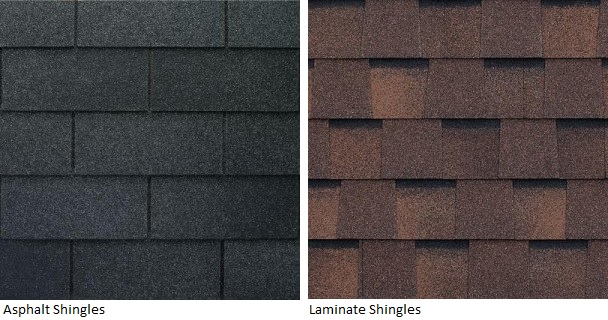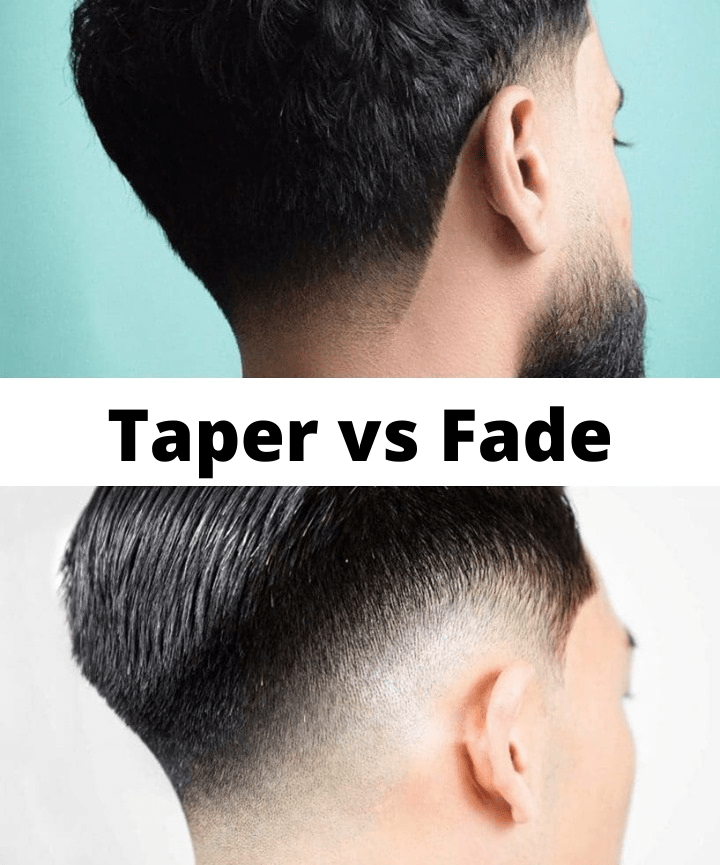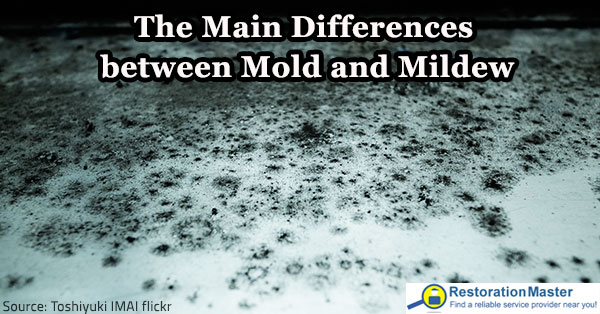Table of Content
However, you’re still thinking it may be a good move to acquire a place to call your own. As a result, you’re wrestling with how to finance the transition to being a homeowner. However, you want to do your research before taking the plunge. If you’re looking for a little more info on whether buying a mobile home could be a good option, take a look at How To Afford Living Alone In A Mobile Home Whether Buying Or Renting. This isn’t an issue if you are buying a home that has already been built.

However, you don’t have to sacrifice any conveniences if you go this route. In the end, you will own both the house and the property that it’s built on. With their durability and long life, it’s no surprise that they dot our neighborhoods. If you aren’t sure where it is, ask the purchaser or see if you can’t find the manufacturer.
How Much and How Often to Water Venus Flytrap
These properties are constructed on site and are designed to be assembled by the homeowner. Manufactured homes are a cost-effective solution to becoming a homeowner. You’ll get more square footage for your money in comparison to traditionally built homes. National Mobile Home Construction and Safety Act was passed, making standards of mobile homes more strict. This ensured high standards for the development and design of mobile homes.

That is partially offset by the fact that mobile homes are a lot cheaper than traditional homes and are still cheaper than modular homes. In some markets, they will hold their value longer, but they will never appreciate as a typical home will over time. In an era where housing costs feel higher than they ever have before, more people might find themselves turning to less traditional housing options. These types of homes have been on the market for decades and are very similar to one another.
Modular Homes vs. Mobile Homes: What’s The Difference?
Building codes or the lack of local manufacturers can make it hard to find a modular home that you like at a price you can afford. Mobile homes circumnavigate these issues by avoiding local building codes and having larger shipping ranges than modular homes. The cost of a modular home runs between $80,000 and $200,000, depending on the size, style, and market.
These are a few of the questions that will be looked at in this article. There are a lot of options when it comes to modular and manufactured homes. If you’re looking for a home that will appreciate over time, with a lot of options for upgrades and expansion, a modular home could be the perfect fit for your family. Manufactured homes have also come a long way from the basic single and double-wide days. While newer manufactured homes may not be as customizable as modular homes, they still come in a variety of architectural styles, floor plans, and add-ons that can meet your needs. Modular and manufactured homes are prefabricated structures, meaning they are partially or fully constructed in an off-site factory.
Why Should I Choose a Modular Home Over a Traditional Home?
Mobile homes have become famous for their potential to help you downsize. Their mobility, convenience, and low cost make them ideal for this type of lifestyle. Their sizes are typically measured in square feet, and the cost is usually proportionate to the area. Budget and land area is the only real restriction on how big the home will be. People often have misconceptions about the level of comfort that you can experience in mobile homes.

These homes are built on location, taking anywhere between three to twelve months. The process and results for choosing one of these options are vastly different. That’s why we’ve written this guide to give you an overview of buying a mobile home vs. a house. Electric water heaters will not have a gas release valve or thermocouple.
Putting a mobile home on a permanent foundation would make them immobile, which defeats one of the main purposes of having such a home to begin with. As site-built homes, another characteristic that makes them more like traditional homes than manufactured ones. Essentially, personal property is movable property and real property is immovable property – land and anything attached to the land. Some lenders do not finance the purchase of manufactured homes because the land on which they sit is generally rented, and the home itself can be moved.
Manufactured homes, or mobile homes, come from a factory and set in a mobile home park or on a piece of land. Normally, they are rectangular in shape and have about 1,600 square feet of living space. We call them “mobile” homes because you can move them from one location to another. What’s made in the factory can be modules for a modular home, sections for a manufactured home, or panels. These are shipped from the factory where they’re made to the site. Understanding the difference, and opting for the more suitable option can help you limit your construction cost, and increase its price and resale value.
When considering a manufactured home vs. mobile home, how do they compare? Continue reading to learn some of the key differences among a mobile home vs. manufactured home vs. modular home. Many modular homes also come with energy efficiencies built-in, like improved insulation and energy efficient windows. Mobile homes are constrained by the fact that they must fit on a trailer to haul. Most mobile homes are one of just a handful of sizes and layouts.
At first glance, it is hard to tell a modular home from a typical home. Modular homes have a lot of flexibility and a lot of customization options. While conventional loans are a common way tofinance manufactured homes, there are certain circumstances whereFHAorVA loansmay be available. Contrast this with a stick-built home, which typically takes 8 months or more to complete.
It’s the last of our three-part series on mobile homes and their alternatives (trailer,tiny house, site-built home). While the mobile homeis currently growing in popularity, all these homes carry their own special charm. Another fantastic benefit is that on-site built houses don’t typically lose value over time. Generally speaking, there are not many restrictions on site-built homes.

Standard financing options are available for modular homes, but those for manufactured homes are more limited, and government-backed loans are the most common route. Before weighing up the pros and cons between manufactured and modular homes, let’s define what we mean by both terms. As we mentioned, both manufactured homes and modular homes are types of prefabricated homes.
Both manufactured and modular homes cost less than traditional site-built homes.
Without further ado, let us understand what modular and traditional homes are, and how they differ from each other. When talking about different kinds of homes, there may be some confusion in regards to the terms used to discuss what kind of house is being built. Prefab, Modular, Panel Built, and Manufactured are sometimes mistakenly used interchangeably, but they all mean different things. Carefully weighing the pros and cons can help you to make the best decision for you and your family. The process of buying a mobile home vs a house differs significantly. So if it is your first experience purchasing a manufactured unit, it helps to do some research.

Wondering whether if you resolve the question of manufactured homes vs modular homes by opting for the former it will lose its value. The bottom line of the manufactured homes vs. modular homes contest is the question of which is better. At the time of the construction, the materials are stored on-site, leaving them exposed to the elements and open for theft until the project is complete. Likewise, the home interior remains exposed to the weather conditions until the roof, walls, and windows are placed properly. These homes are also subject to various state and local building codes to ensure safety before it is ready. Here we’ve arrived at the end of our analysis of mobile home vs house.

No comments:
Post a Comment